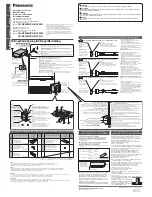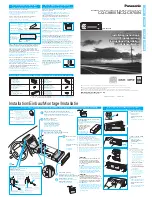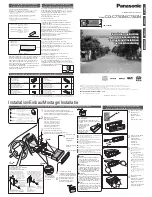
Troubleshooting
50
Verify that the twisted-pair cable is securely connected to the port
on the media converter channel and to the port on the remote end-
node.
Verify that the port is connected to the correct twisted-pair cable.
This is to eliminate the possibility that the port is connected to the
wrong end-node, such as a powered-off device.
Try connecting another end node to the twisted-pair port with a
different cable. If the twisted-pair port is able to establish a link,
then the problem is with the cable or the other end-node.
Verify that the twisted-pair cable does not exceed 100 meters (328
feet).
Verify that the end node connected to the media converter is set to
Auto-Negotiate.
Verify that you are using the appropriate category of twisted-pair
cable: Category 3 or better for 10 Mbps operation and Category 5
and Category 5E for 100 and 1000 Mbps operation.
Note
A 1000Base connection may require 5 to 10 seconds to establish a
link.
Problem 3:
Network performance between the twisted-pair port on the
media converter and an end node is slow.
Solution:
There might be a duplex mode mismatch between the port and
the end node. Check the duplex LED on the right side of the RJ45
connector for the duplex status. This occurs when the AT-MMC6000
Series Media Converter which is configured for Auto Negotiation is
connected to a device with a fixed duplex mode. If this is the cause of the
problem, set the end node to Auto-Negotiate.
Problem 4:
The DSL LED on the media converter is off.
Solutions:
The DSL subsystem has stopped responding.
Power cycle the media converter.
Check the copper connection. The DSL LED will turn off if the local
unit has SML enabled, and the copper connection is lost.
Summary of Contents for AT-MMC6005
Page 6: ...6...
Page 10: ...List of Figures 10...
Page 12: ...List of Tables 12...
Page 16: ...16...
Page 58: ...AT MMCWLMT Kit Installation 58...









































